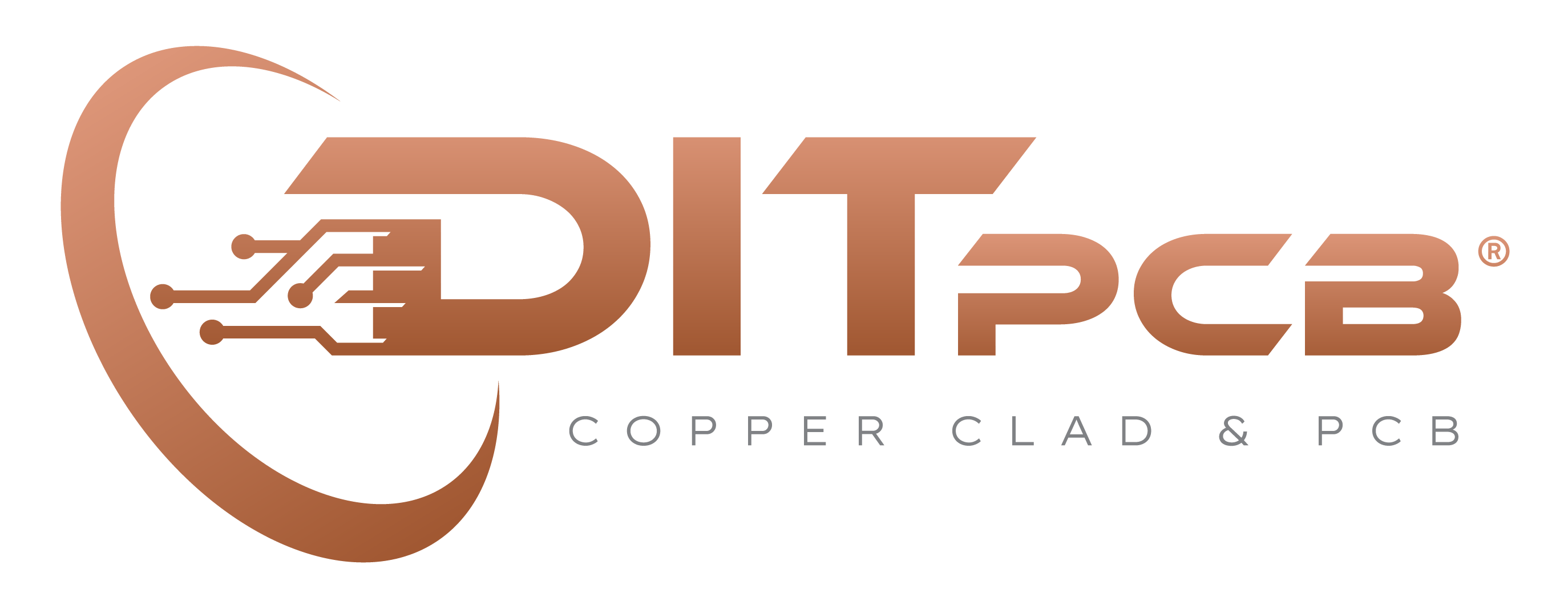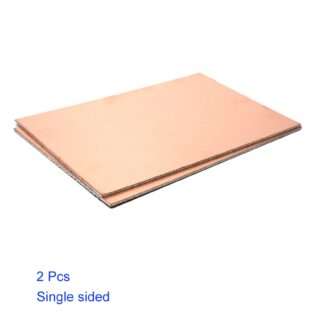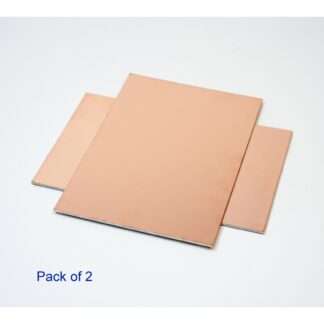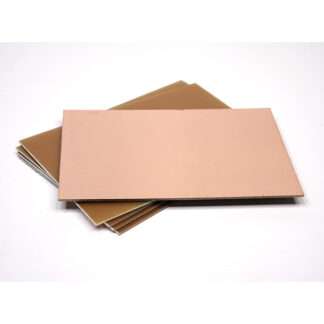Introduction
In the world of electronics, the printed circuit board (PCB) is the backbone of every electronic device. PCB layout design is a critical process that involves arranging components and routing traces to ensure optimal performance and functionality. Traditionally, PCB layout design has been a time-consuming and complex task, requiring skilled engineers to manually place components and route traces. However, the advent of Artificial Intelligence (AI) has brought about a paradigm shift in this domain, revolutionizing the way PCB layout design is approached.
The Role of AI in PCB Layout Design
Artificial Intelligence has shown immense promise in automating and enhancing various aspects of PCB layout design. Here’s how AI is making a significant impact:
- Component Placement: AI algorithms can intelligently place components on the PCB, taking into account factors such as signal integrity, thermal considerations, and electrical performance. AI-powered tools analyze data and historical designs to generate optimal component placements, reducing the need for trial and error.
- Routing Optimization: Routing traces on a PCB is a complex task that involves ensuring signal integrity, avoiding interference, and minimizing signal delays. AI can optimize trace routing by considering factors like signal propagation, length matching, and noise reduction, leading to improved performance and reliability.
- Design Rule Checking (DRC): Design rules are crucial for ensuring manufacturability and reliability. AI can assist in real-time design rule checking, identifying potential issues during the layout process and suggesting corrective actions. This helps engineers catch errors early in the design phase, saving time and resources.
- Automated Constraint Management: PCB design often involves working within various design constraints, such as layer restrictions and spacing requirements. AI can automatically manage and enforce these constraints, streamlining the design process and reducing the chances of violations.
- Predictive Analysis: AI can predict potential design flaws and manufacturing issues before they occur. By analyzing historical data and simulating different scenarios, AI can provide insights into how a design might perform under different conditions, enabling engineers to make informed decisions.
Benefits of AI-Driven PCB Layout Design
- Faster Design Iterations: AI-powered tools accelerate the design iteration process, allowing engineers to explore multiple design options quickly. This speed can be crucial in meeting tight development schedules.
- Enhanced Design Quality: With AI’s ability to analyze vast amounts of data and predict potential issues, the overall quality and reliability of PCB layouts can be significantly improved.
- Reduced Expertise Barrier: AI tools can assist both experienced and novice engineers in creating high-quality PCB layouts. This reduces the dependency on highly specialized skill sets and empowers a broader range of engineers to contribute to the design process.
- Cost and Time Savings: By automating repetitive tasks and minimizing errors, AI can lead to cost and time savings in the design and manufacturing phases.
- Innovation in Design: With AI handling routine tasks, engineers can focus more on innovative aspects of PCB design, pushing the boundaries of what’s possible.
Challenges and Considerations
While AI offers numerous advantages, there are challenges to address:
- Data Quality: AI relies on high-quality data for training. Accurate and diverse datasets are essential to ensure reliable AI-driven PCB layout designs.
- Interpretability: Understanding how AI algorithms arrive at specific design decisions can be challenging. Ensuring transparency in AI-generated designs is crucial for trust and accountability.
- Human Expertise: AI is a tool that should augment human expertise, not replace it. A balance must be struck between AI-generated suggestions and human intuition.
Conclusion
The integration of Artificial Intelligence into PCB layout design has ushered in a new era of efficiency, accuracy, and innovation. By automating time-consuming tasks, predicting potential issues, and optimizing designs, AI is enabling engineers to create higher quality PCB layouts in less time. As AI continues to evolve, its impact on the electronics industry is poised to reshape the way we approach design and manufacturing, ultimately leading to more advanced and reliable electronic devices.






